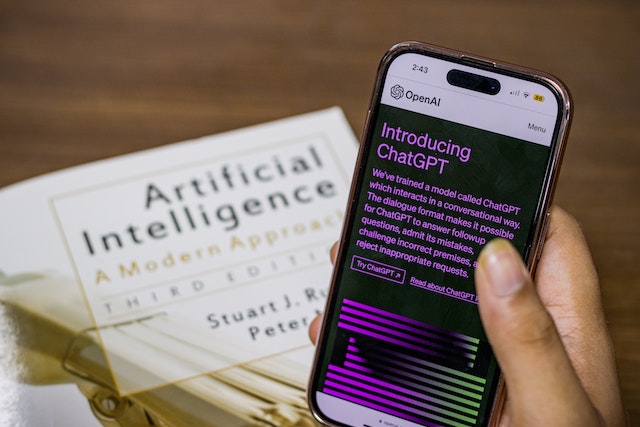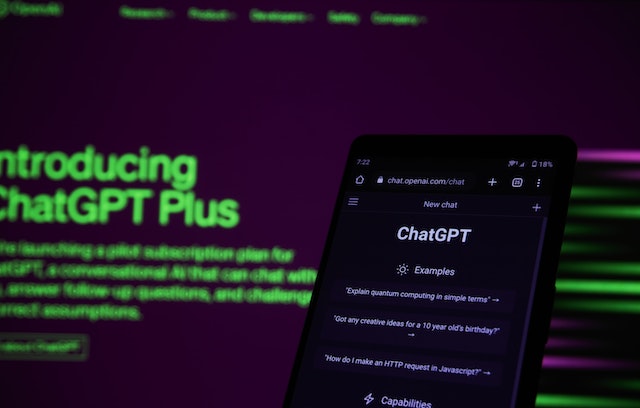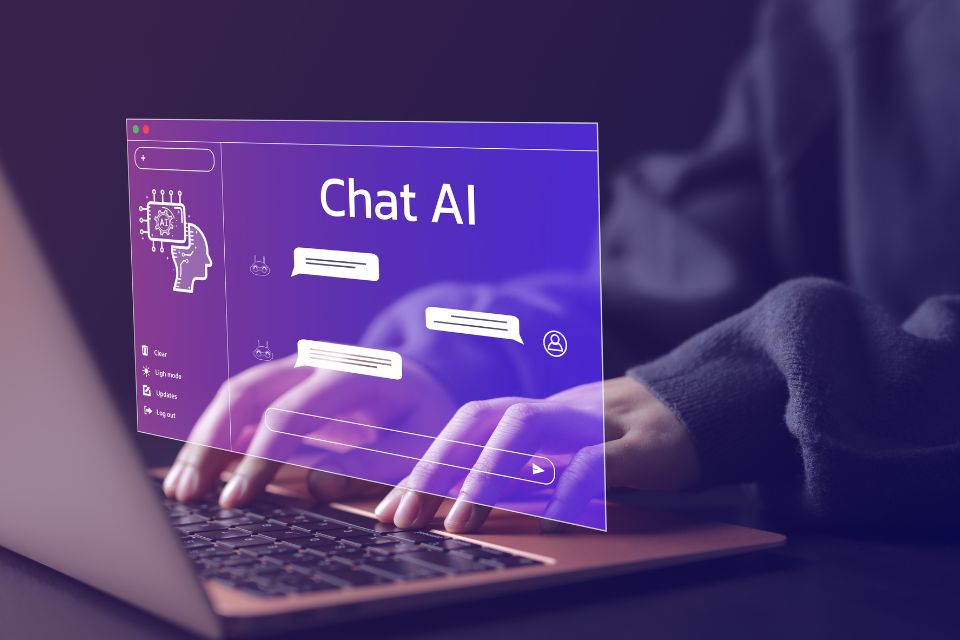In recent years, Artificial Intelligence (AI) has made remarkable strides in transforming various aspects of human life. One such transformative application is ChatGPT, a language model developed by OpenAI. Chat GPT has gained significant attention for its ability to engage in human-like conversations, making it an integral part of customer support, content generation, and even personal companionship. In this article, we delve into a comprehensive review of ChatGPT, exploring its capabilities, applications, limitations, and impact on the AI landscape.
Understanding ChatGPT

ChatGPT is a product of OpenAI’s extensive research in the field of natural language processing and generation. It’s built upon the GPT (Generative Pre-trained Transformer) architecture, which equips it with the ability to understand and generate human-like text based on the input it receives. The model is pre-trained on a massive dataset containing parts of the internet, which grants it a vast knowledge of grammar, vocabulary, and world facts.
The primary purpose of Chat GPT is to facilitate text-based conversations. Users can input prompts, questions, or statements, and Chat GPT responds in a coherent and contextually relevant manner. The model has been fine-tuned using reinforcement learning from human feedback, which helps it generate more accurate and context-aware responses.
Capabilities of ChatGPT

ChatGPT’s capabilities are undoubtedly impressive, contributing to its growing popularity across various domains.
1. Natural Conversations
ChatGPT has a remarkable ability to engage users in natural and fluid conversations. Its responses often mimic human language patterns, making interactions with the model feel less mechanical and more conversational.
2. Content Generation
The model can generate high-quality written content on a wide range of topics. From articles and blogs to marketing copy, Chat GPT can assist in content creation, catering to the specific tone and style required.
3. Idea Exploration
ChatGPT can be used as a brainstorming partner. Users can present vague ideas or concepts, and the model can provide elaborative insights or suggest creative angles to explore.
4. Learning Aid
Students and learners can benefit from ChatGPT’s vast knowledge repository. It can explain complex concepts, provide definitions, and offer explanations on various subjects.
5. Customer Support
Numerous enterprises have incorporated Chat GPT into their customer support frameworks. It can handle customer queries, provide information about products or services, and offer troubleshooting assistance.
6. Language Translation
While not its primary function, Chat GPT can assist in translating text between languages, though it may not be as accurate as dedicated translation models.
Applications of ChatGPT

The versatility of ChatGPT has led to its adoption in numerous fields.
1. Business and Marketing
ChatGPT is being used to draft marketing content, social media posts, and product descriptions. Its ability to emulate different tones and styles makes it a valuable tool for creating compelling and engaging content.
2. Content Generation
Writers facing writer’s block or those requiring content on niche subjects can leverage Chat GPT to generate coherent and informative articles.
3. Personal Assistants
The model can simulate the role of a personal assistant by setting reminders, answering general questions, and providing relevant information.
4. Education
ChatGPT can act as an interactive teaching assistant, explaining complex topics and providing students with additional learning resources.
5. Prototyping Ideas
Designers and creators can use Chat GPT to discuss and refine early-stage ideas, aiding in the brainstorming process.
Limitations of ChatGPT

While ChatGPT is undoubtedly a groundbreaking AI model, it has its share of limitations.
1. Lack of Real Understanding
ChatGPT produces replies by recognizing patterns within its training data. It lacks genuine comprehension and may produce answers that sound plausible but are factually incorrect or nonsensical.
2. Sensitivity to Inputs
At times, the model might generate biased or unsuitable responses, mirroring the biases ingrained in its training data. OpenAI has made efforts to mitigate this, but challenges persist.
3. Inconsistent Responses
ChatGPT’s responses can vary widely based on how a question or prompt is phrased. This inconsistency can be frustrating for users seeking accurate and reliable information.
4. Generating Plausible but False Information
The model might generate responses that sound accurate but are not verified or sourced, potentially leading to the spread of misinformation.
The Impact of ChatGPT

ChatGPT’s emergence marks a significant advancement in AI technology, but it also raises important ethical and societal considerations.
1. Job Displacement
As ChatGPT and similar AI models become more capable, there is concern about their potential to replace human jobs, especially in customer service and content creation.
2. Ethical Use
The responsible use of Chat GPT is crucial to avoid generating inappropriate, misleading, or harmful content. Developers and users must be vigilant about the outputs the model produces.
3. Accessibility
ChatGPT and similar technologies could enhance accessibility for people with disabilities by serving as virtual assistants, aiding in communication and information retrieval.
4. Human-AI Collaboration
Rather than a complete replacement for human input, ChatGPT could be seen as a tool for collaboration. Humans provide oversight, context, and ethical guidance to the AI’s responses.
FAQs about ChatGPT
Q1: Is ChatGPT sentient or conscious?
A1: No, ChatGPT is not sentient or conscious. It processes and generates text based on patterns in its training data, without genuine understanding or awareness.
Q2: Is ChatGPT capable of comprehending and creating content in various languages?
A2: While ChatGPT has some language capabilities, its proficiency varies between languages. For accurate language translation, dedicated translation models are recommended.
Q3: How can I ensure that the responses from ChatGPT are accurate?
A3: It’s important to verify information obtained from ChatGPT using trusted sources. The model might generate plausible-sounding but false information.
Q4: Does ChatGPT remember previous interactions?
A4: No, ChatGPT does not have memory of past interactions within a single conversation session. Each input is treated as an independent prompt.
Conclusion
ChatGPT represents a significant leap forward in AI-driven conversations and content generation. Its natural language capabilities have opened doors to various applications, from business and marketing to education and personal assistance. However, the model’s limitations, including its lack of genuine understanding and potential biases, remind us that it is a tool to be used thoughtfully and responsibly. As technology continues to evolve, striking a balance between innovation and ethical considerations will be essential in harnessing the full potential of ChatGPT and shaping the future of AI-human interactions.




wow, just awesome